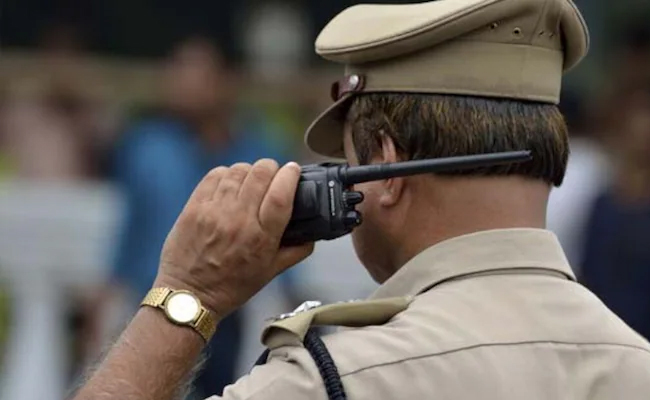Udupi, January 7: Three plastic boxes found at Malvan in Sindhudurg district in Maharashtra a few days back were confirmed that they were part of the Suvarna Tribhuja boat which was missing from Malpe.
The fishermen of Malpe and the brothers of those who were missing in the boat confirmed that the plastic boxes were from the boat. Two police teams which were camped in Malvan have been investigating the issue with the help of local police, SP Lakshman Nimbargi said.
No significant clues were found about the boat. Information was sent to the Coast Guard, Navy and Satellite Centre at Hyderabad. They have also continued search operation, he said.
Let the Truth be known. If you read VB and like VB, please be a VB Supporter and Help us deliver the Truth to one and all.
Kochi (PTI): The Kerala police have launched a comprehensive probe into the mysterious death of a 19-year-old woman, whose decomposed body was found near her home after she went missing last week in Malayattoor near here.
A college student in Bengaluru, Chithrapriya, went missing from her home on Saturday evening.
Her body was discovered in a deserted field about one kilometre from her residence on Tuesday, police said.
ALSO READ: 4 killed, 27 injured in bus-truck collision on Jaipur-Bikaner National Highway
A senior police officer said several suspected persons, including the boyfriend of the woman, were taken into custody for interrogation.
Inquest procedures have been completed, and the post-mortem will begin soon, he said.
"First and foremost thing is to identify the body and confirm that it was that of the missing woman. The body was in a decomposed state, and we assumed that it might be her based on the dress," a police officer said.
The cause of death has to be ascertained to confirm whether it is a murder, and that would be revealed through the post-mortem, he added.
A case of unnatural death has been registered.
Earlier, an FIR was registered at Kalady police station following a complaint by her parents, and an investigation was launched to trace her.
Local media reported that the investigators are examining CCTV visuals in which Chithrapriya was seen pillion-riding on a motorbike on the day she went missing. But, the police have declined to confirm it.





